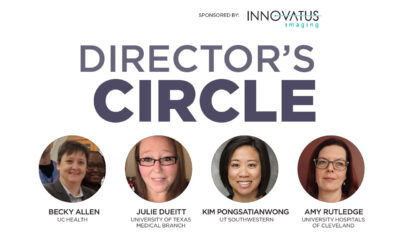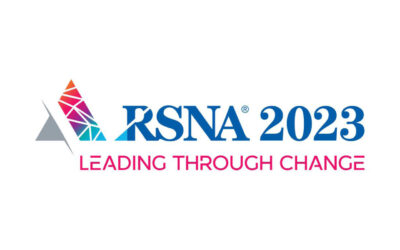
I’ve yet to have an employee say that I didn’t give them all the information I could in my 20-plus-year career. Even in the most extreme cases, including lawsuits, employees made it known that I took their concerns seriously and provided a level of transparency they weren’t accustomed to.
Yes, even in human resources, you can be transparent. And when there is information you can’t divulge, be transparent about that. Know that you cannot control others’ thoughts despite your efforts. What you can do is be honest and as open as possible.
I’m a big believer in transparency. Being in HR, it is not always feasible or advisable to tell everyone everything. In cases where it is ill-advised, I say, “I cannot tell you that.” Unfortunately, some opt for spinning the truth or outright lying instead, neither of which I support. Being open with others can be terrifying, especially when you have not built a connection, biases are at play, and there is no trust.
What must be present for transparency to work and be safe? Let’s look at transparency in just a few situations you may face at work – interviewing, day-to-day working, and being a leader.
Transparency in the Interview Process
I once received advice from a recruiter to reframe why I left a company. I understood their position, considering the age-old adage that one should never say anything negative about a previous company during an interview. I also understood that reframing was not true to who I am, and more importantly, my journey is my story to tell. While working with this trusted advisor, I feverishly wrote down all of their advice about how I should spin the story of why I left my previous employer. Then, I had an interview with one of my dream companies. I could not, in good faith, be less than transparent about my reason for leaving. So, I did something scary yet freeing.
I told the hiring manager that I wanted to try something with her. Keep in mind that I did this knowing a bit about the organization’s culture, which they claimed included transparency as a core tenet. I gave her the unedited and messy version of why I left. Something happened that others may think is unheard of. She empathized with what I went through and thanked me for being honest. It was a moment that led to openness from her and a great start to our employment relationship – one with transparency and honesty from the start.
Some cases don’t go as well as mine. Many of us have read about and experienced an interviewer’s archaic thinking that no one should say anything less than glowing about their previous employer. And some of us interviewees poorly construct our stories during the interview. Those things matter. What also matters is telling the truth.
Transparency Day-to-Day
Have you ever worked with someone or known someone who never tells you the whole story? I have a friend with whom this is a running joke. He frequently leaves out what I consider essential information that would help me understand the five-minute story he’d just told. I’d be scratching my head and rearranging all of the information in my head to make sense of it. I felt confused and a bit deceived and that I’d wasted a lot of valuable time. Imagine if this happened to you frequently and intentionally at work. How might you feel about the person or people who display the behavior? How might it impact how you approach your work? How much or less trust might you have in the information provided to you? How much additional effort would be required to get the information you need to do your job? How might it impact your engagement at work?
Transparency and Leadership
We’re often taught in business school that we should be able to make sound decisions as long as we have most (let’s say 80%) of the information we need. Not a problem if the missing 20% will not materially change your decision. I worked for a company where the lack of transparency and the idea that most everything should be kept “close to the vest” was routine. The consensus of quite a few employees was that the leadership was composed of liars who didn’t trust employees with the truth, which would inevitably unfold later. Leaders decided to tell part of the truth and position it to make them look good while hiding the material 20% that would have armed employees with what they needed to make the best decisions.
These scenarios call to mind the role of safety and truth in transparency, which impact how we communicate with and respond to others. We carry our life experiences and truths with us to work. For that reason, let’s consider how biases can impact a person’s exercise of and the recipient’s receipt (or non-receipt) of transparency.
While there are many biases, I’ll point out just a few with examples, including:
- Confirmation Bias – As I knew it would happen, when I gave all of the information at my last company, people shared what they should not have. I asked them to keep the information confidential. For that reason, I cannot be transparent at my new company.
- Availability Bias – I saw something like this happen at another hospital, so we have to take it seriously.
- Attentional Bias – I see that XYZ department has phenomenal financial results, so I can ignore the feedback that the leaders are bullying employees and creating a hostile work environment.
We can do several things to overcome biases. The first is to be aware of them and think about how they might be influencing your thinking. A second is to analyze your thinking. Consider the factors that influence how you make decisions. Maintain a level of curiosity that will allow you to challenge your biases and seek multiple perspectives. Resolving these things will set you on a path to overcome your biases and trust and be more transparent with others. •
Kiahnna D. Patton is human resources professional with experience in the health care sector as well as a nonprofit founder.








